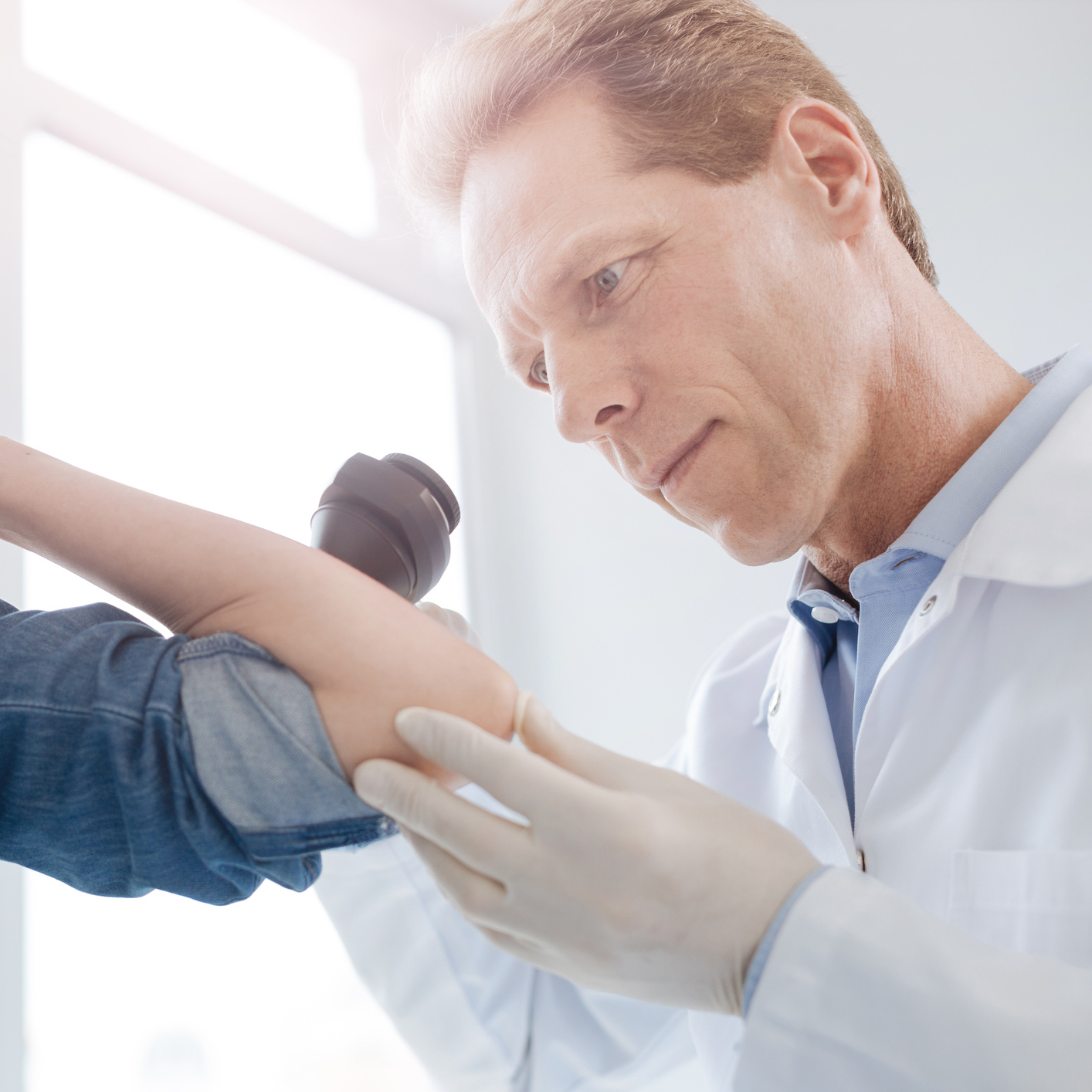
This post may contain links from our sponsors and affiliates, and Flywheel Publishing may receive
compensation for actions taken through them.
After months of winter and cloudy skies, many look forward to the light and warmth of the summer sun. But enjoying the sun also carries the risk of sunburn. While some UV radiation is essential for the production of vitamin D and the treatment of certain health conditions, prolonged sun exposure causes skin damage and increases the risk of developing skin cancer.
To help inform the public of the risks of UV radiation, the World Health Organization publishes UV index values for a range of countries around the globe. Organizations in many countries report, along with the daily weather conditions, the daily UV index. To compare the risks of skin cancer, 24/7 Wall St. reviewed and ranked UV values in select sites around the world.
As might be expected, the cities with the greatest risk of skin cancer from sun exposure are nearer to the equator. However, latitude is only one of many contributing factors.
Geographical variables within a city can also change the risk of skin damage from sun exposure. While cloud cover does not eliminate the risk of sunburn, clouds do absorb UV radiation and result in less intense UV radiation at ground level. Elevation is also a factor, with UV intensity increasing at about 6% per kilometer of elevation above sea level.
Click here to see the risks of skin cancer around the world.
Click here to see our detailed findings and methodology.

27. St Petersburg, Russia
> UVI in highest risk month: 5 in June, July
> Exposure level: Moderate: 45 min. to skin damage
> Estimated skin cancer death rate: 3.09 per 100,000 people
> City population: 5,208,690
> Latitude: 60°N
[in-text-ad]
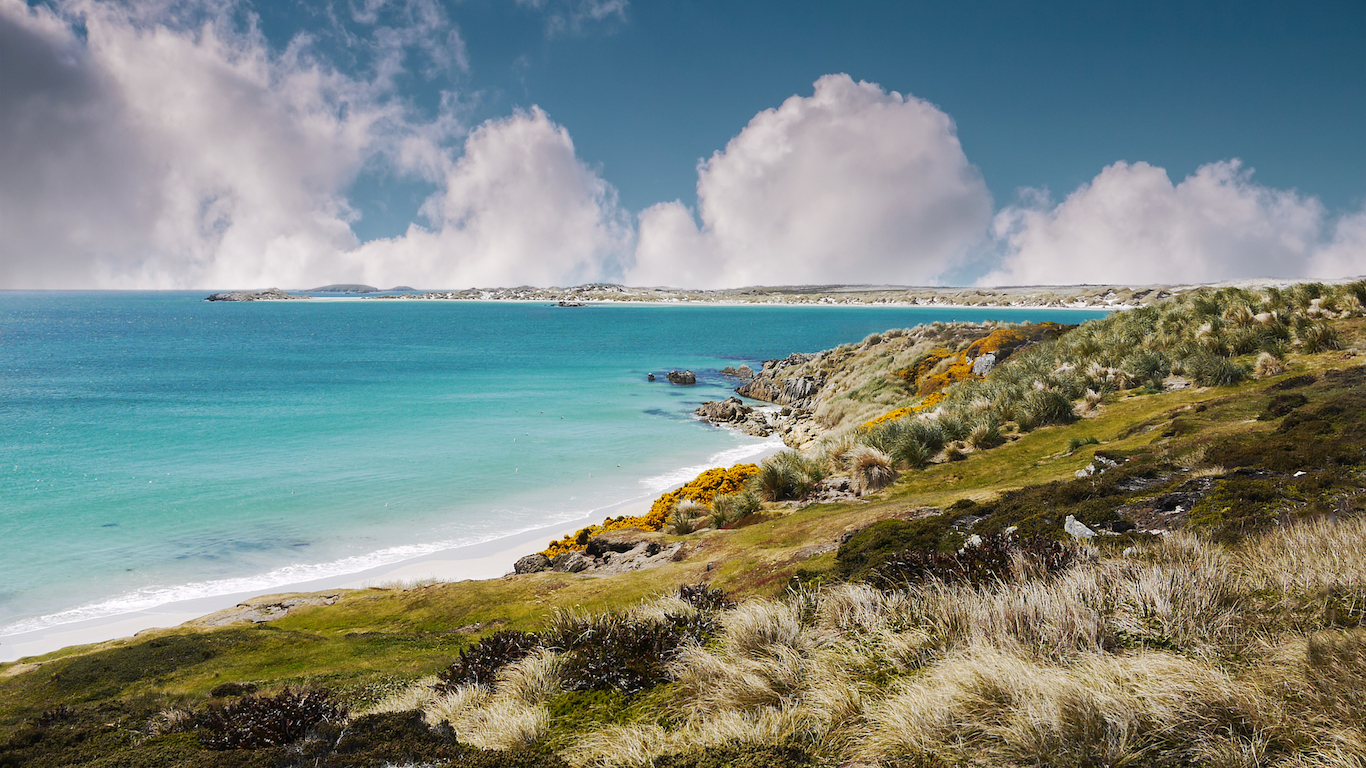
26. Port Stanley, Falkland Islands
> UVI in highest risk month: 5 in January, November, December
> Exposure level: Moderate: 46 min. to skin damage
> Estimated skin cancer death rate: . per 100,000 people
> City population: 2,920
> Latitude: 58°S

25. Berlin, Germany
> UVI in highest risk month: 7 in June, July
> Exposure level: High: 30 min. to skin damage
> Estimated skin cancer death rate: 2.35 per 100,000 people
> City population: 3,605,000
> Latitude: 52°N

24. Paris, France
> UVI in highest risk month: 7 in June, July
> Exposure level: High: 30 min. to skin damage
> Estimated skin cancer death rate: 2.46 per 100,000 people
> City population: 2,241,346
> Latitude: 49°N
[in-text-ad-2]
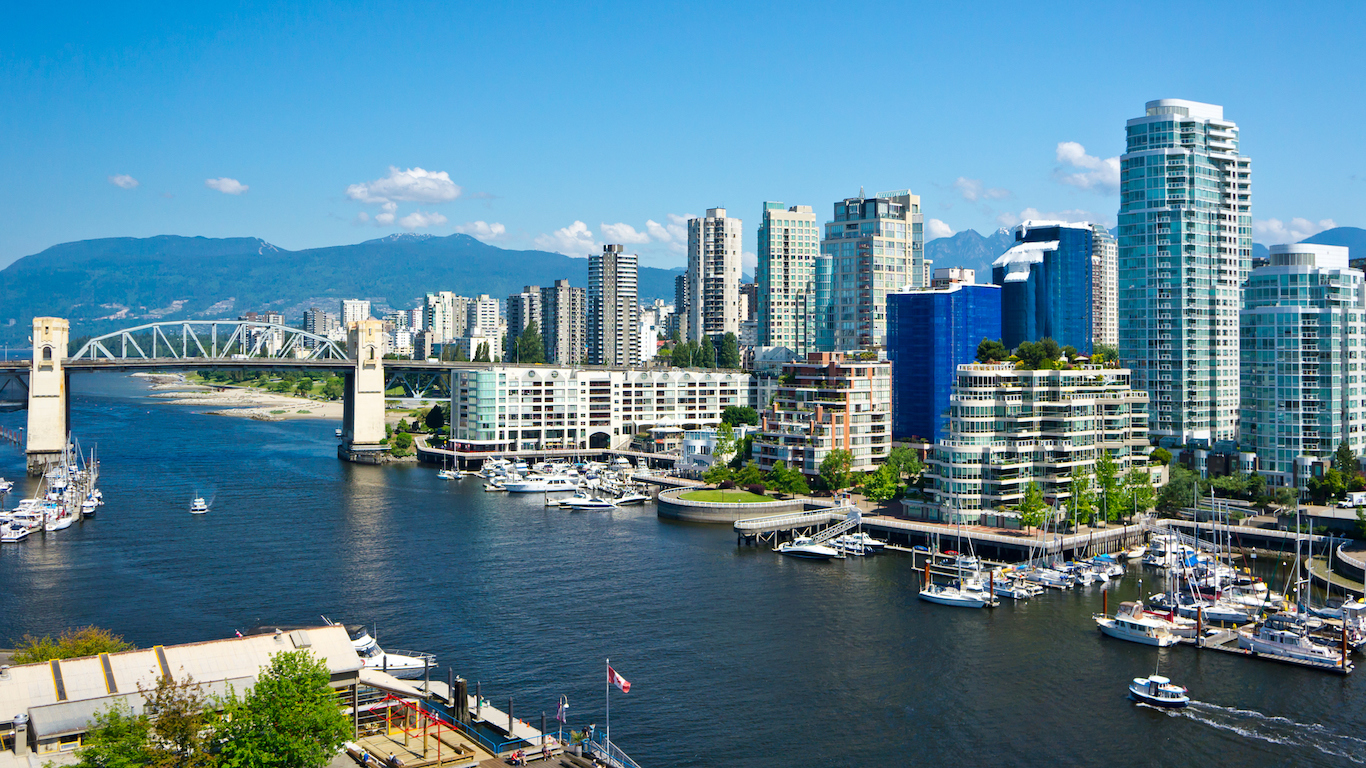
23. Vancouver, Canada
> UVI in highest risk month: 7 in June, July
> Exposure level: High: 30 min. to skin damage
> Estimated skin cancer death rate: 2.56 per 100,000 people
> City population: 610,000
> Latitude: 49°N
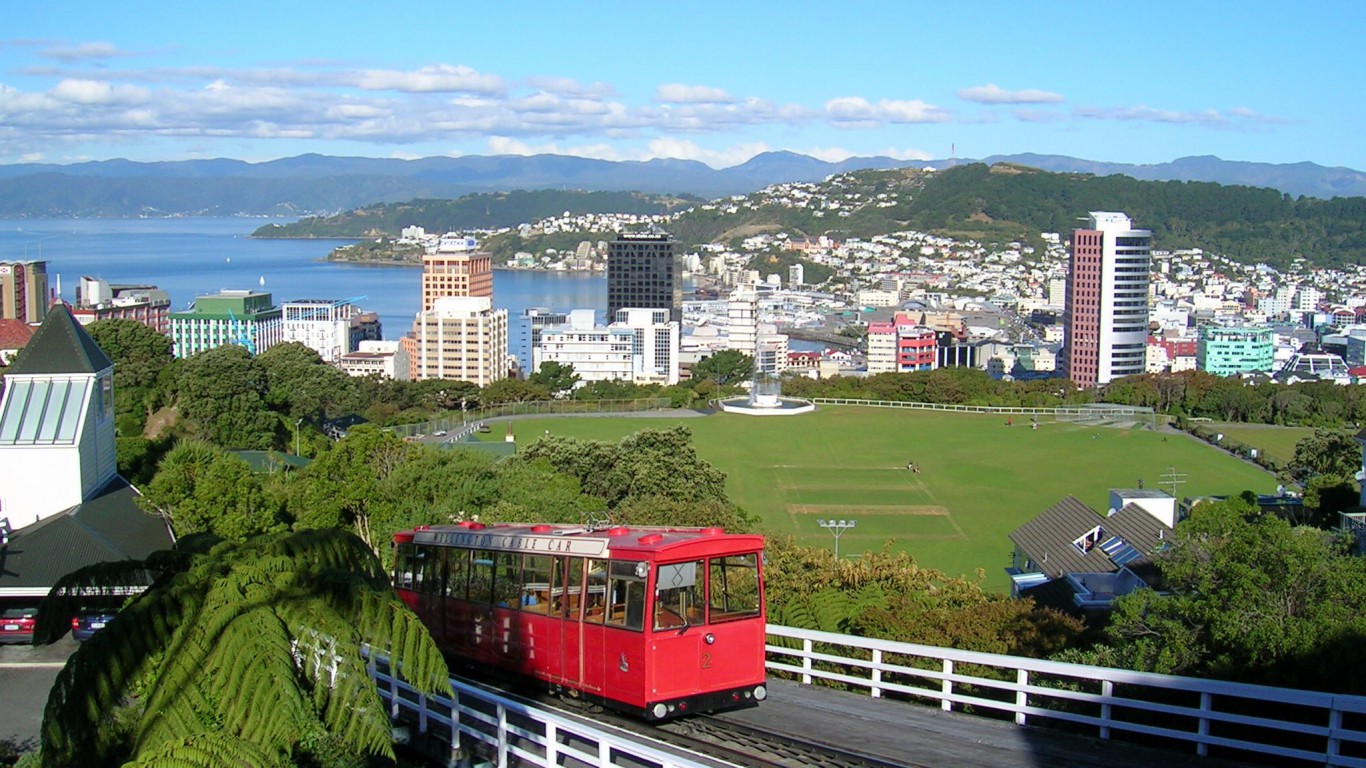
22. Wellington, New Zealand
> UVI in highest risk month: 8 in December
> Exposure level: Very high: 15 min. to skin damage
> Estimated skin cancer death rate: 7.17 per 100,000 people
> City population: 39,800
> Latitude: 42°S
[in-text-ad]
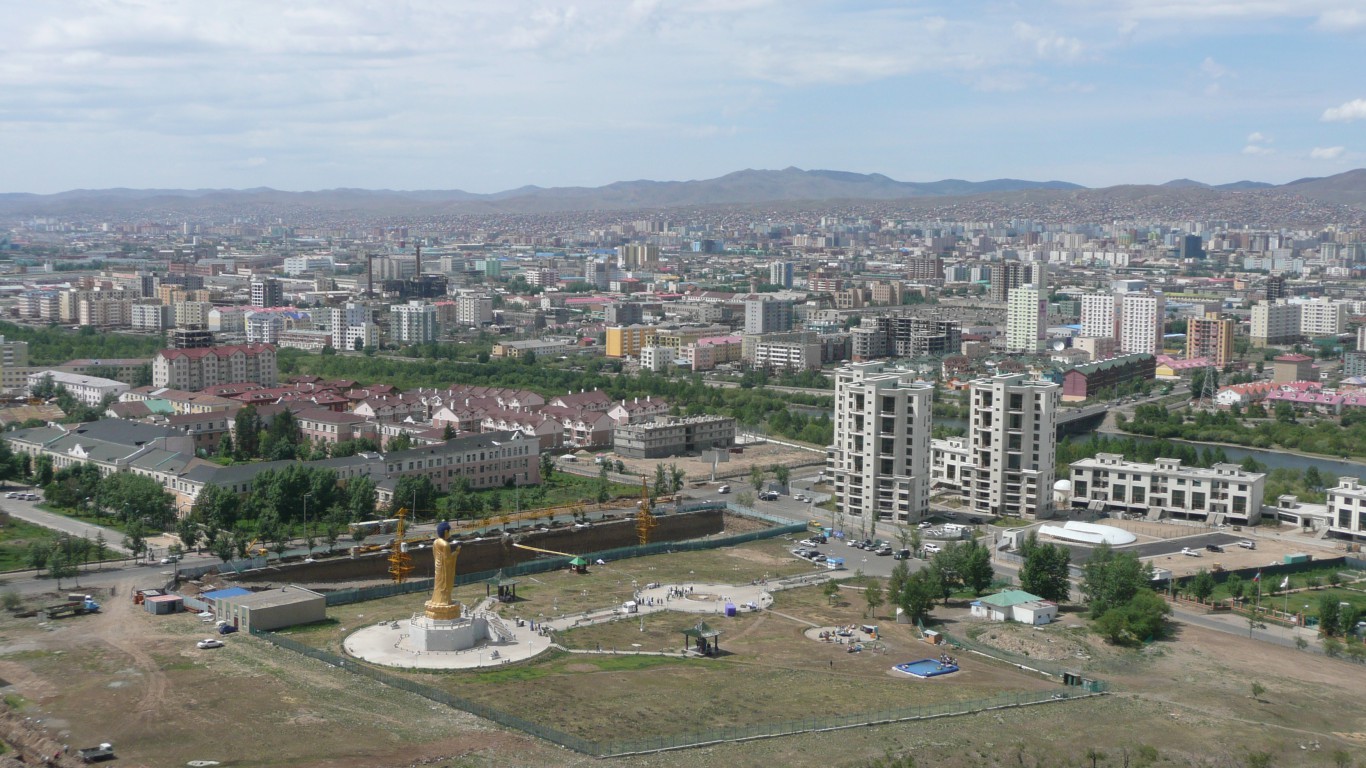
21. Ulan Bator, Mongolia
> UVI in highest risk month: 8 in July
> Exposure level: Very high: 15 min. to skin damage
> Estimated skin cancer death rate: 1.61 per 100,000 people
> City population: 2,992,908
> Latitude: 48°N
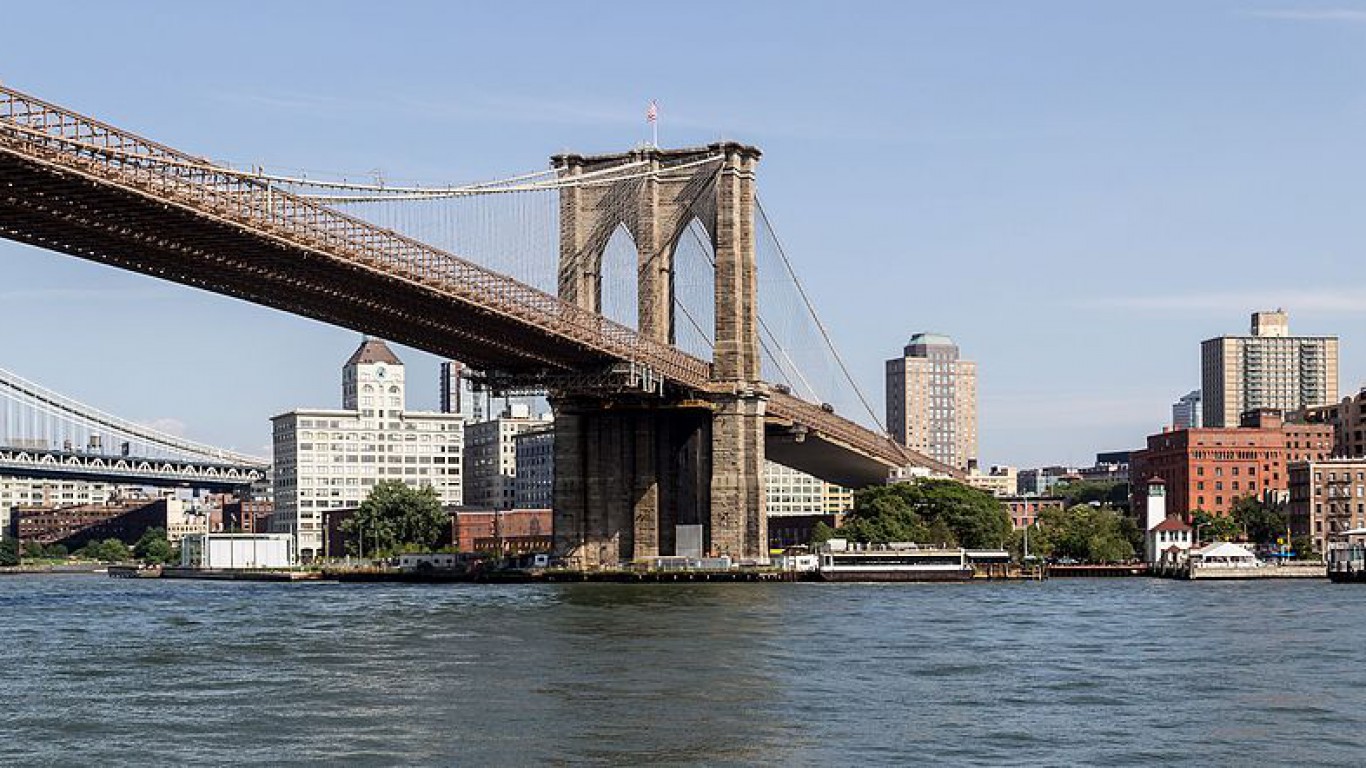
20. New York, USA
> UVI in highest risk month: 9 in July
> Exposure level: Very high: 15 min. to skin damage
> Estimated skin cancer death rate: 2.85 per 100,000 people
> City population: 8,537,673
> Latitude: 41°N
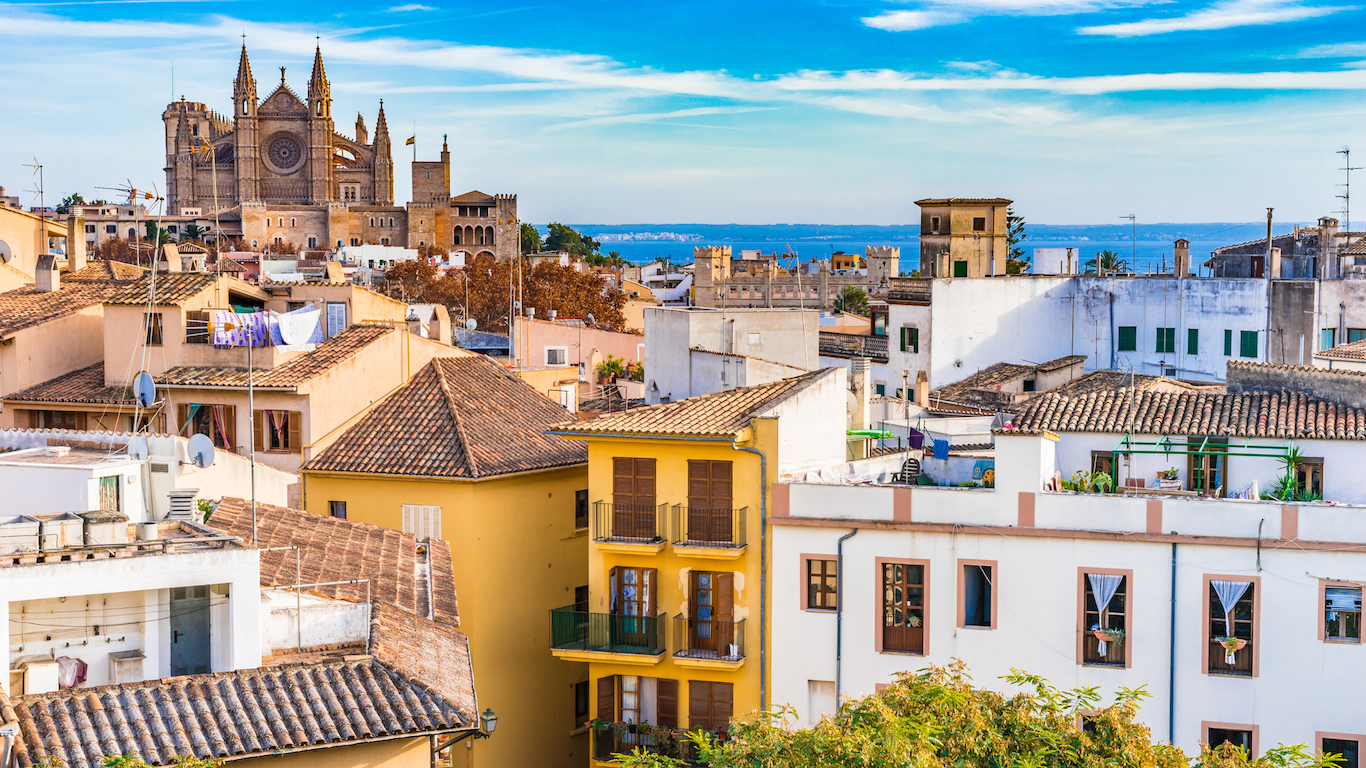
19. Palma de Mallorca, Spain
> UVI in highest risk month: 9 in June, July
> Exposure level: Very high: 15 min. to skin damage
> Estimated skin cancer death rate: 1.9 per 100,000 people
> City population: 406,492
> Latitude: 39°N
[in-text-ad-2]
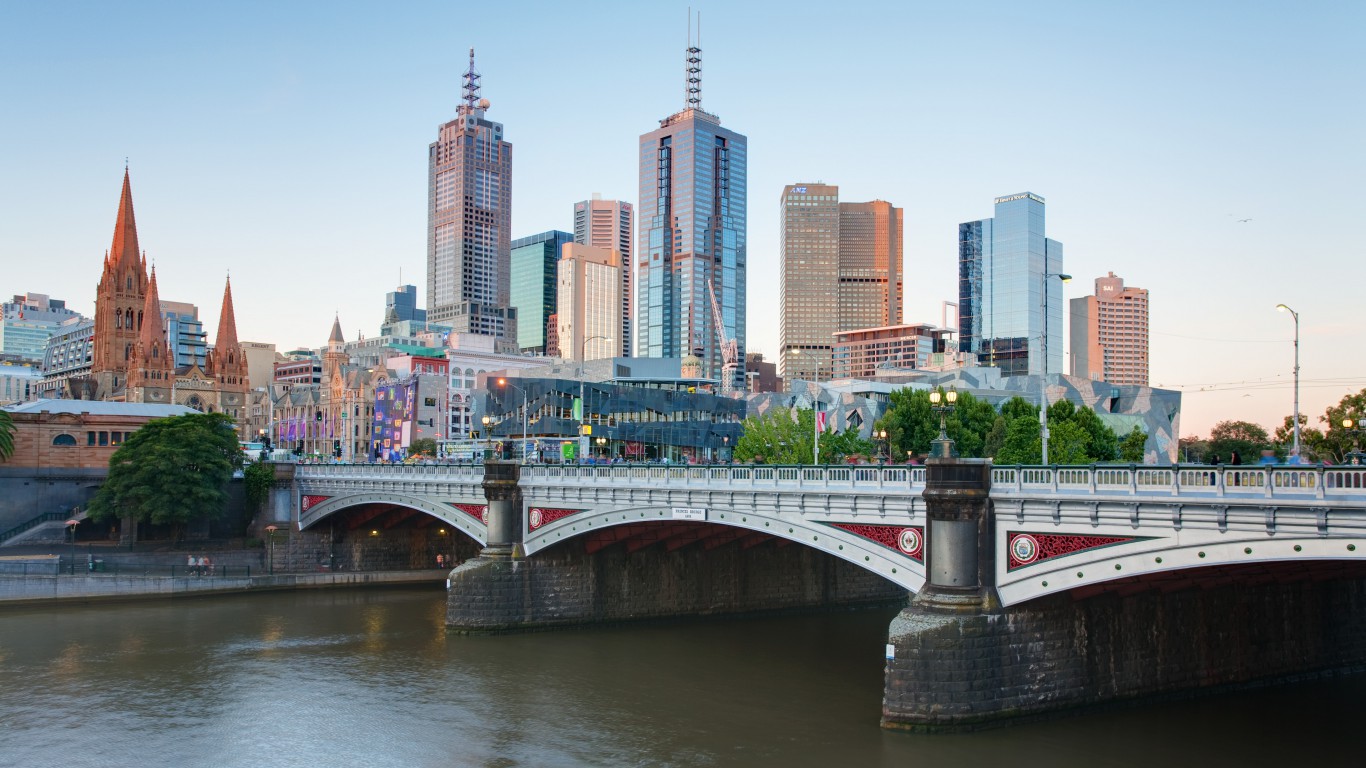
18. Melbourne, Australia
> UVI in highest risk month: 9 in December
> Exposure level: Very high: 15 min. to skin damage
> Estimated skin cancer death rate: 6.04 per 100,000 people
> City population: 4,820,000
> Latitude: 37°S

17. Los Angeles, USA
> UVI in highest risk month: 10 in June, July
> Exposure level: Very high: 15 min. to skin damage
> Estimated skin cancer death rate: 2.85 per 100,000 people
> City population: 3,976,324
> Latitude: 34°N
[in-text-ad]
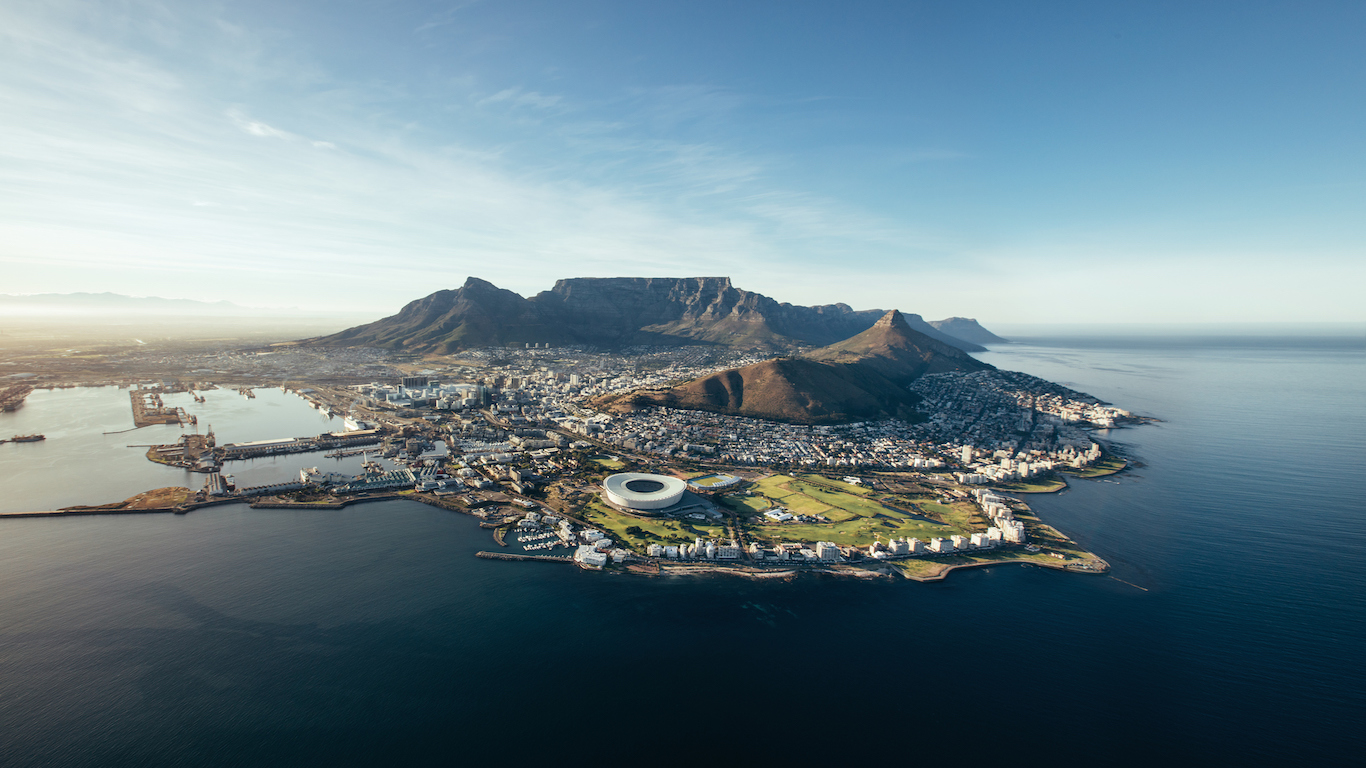
16. Cape Town, South Africa
> UVI in highest risk month: 10 in December
> Exposure level: Very high: 15 min. to skin damage
> Estimated skin cancer death rate: 4.48 per 100,000 people
> City population: 3,780,000
> Latitude: 34°S
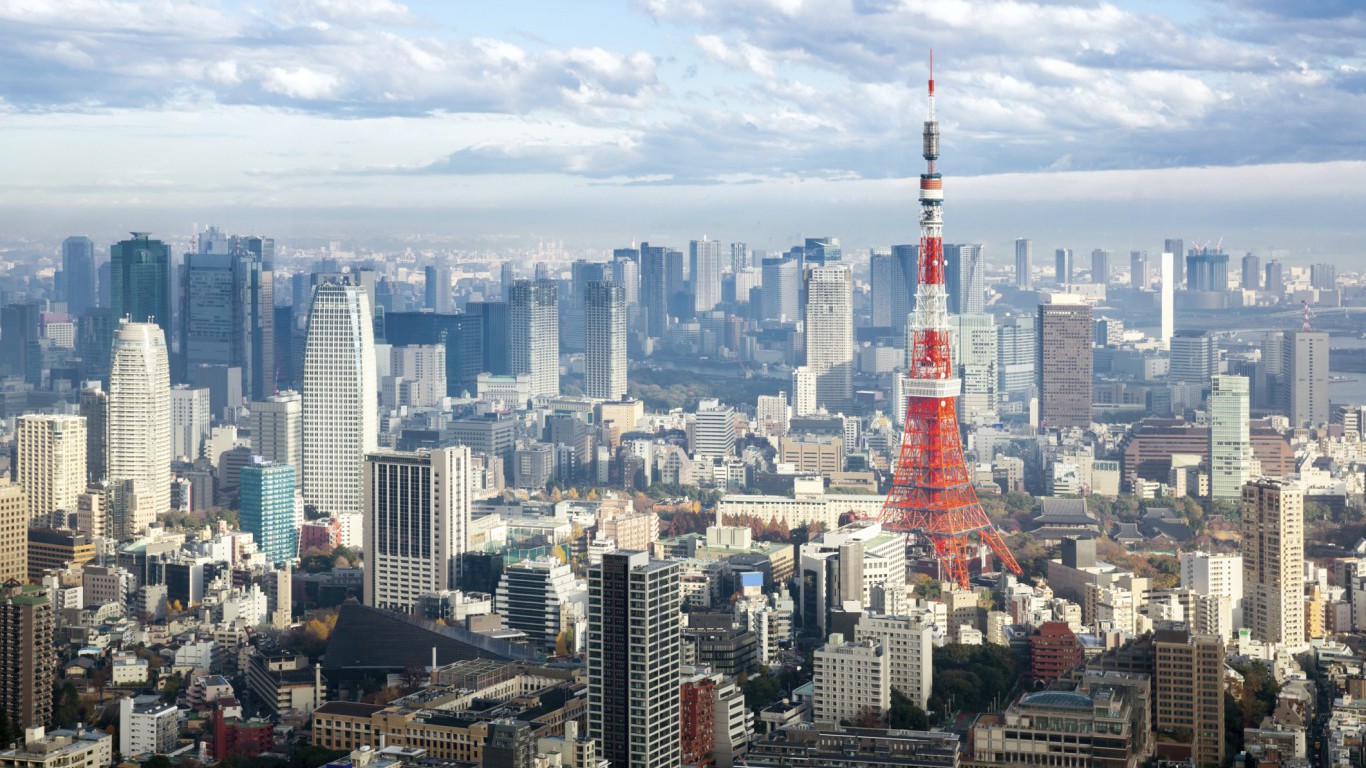
15. Tokyo, Japan
> UVI in highest risk month: 10 in July
> Exposure level: Very high: 15 min. to skin damage
> Estimated skin cancer death rate: 0.53 per 100,000 people
> City population: 9,262,046
> Latitude: 36°N
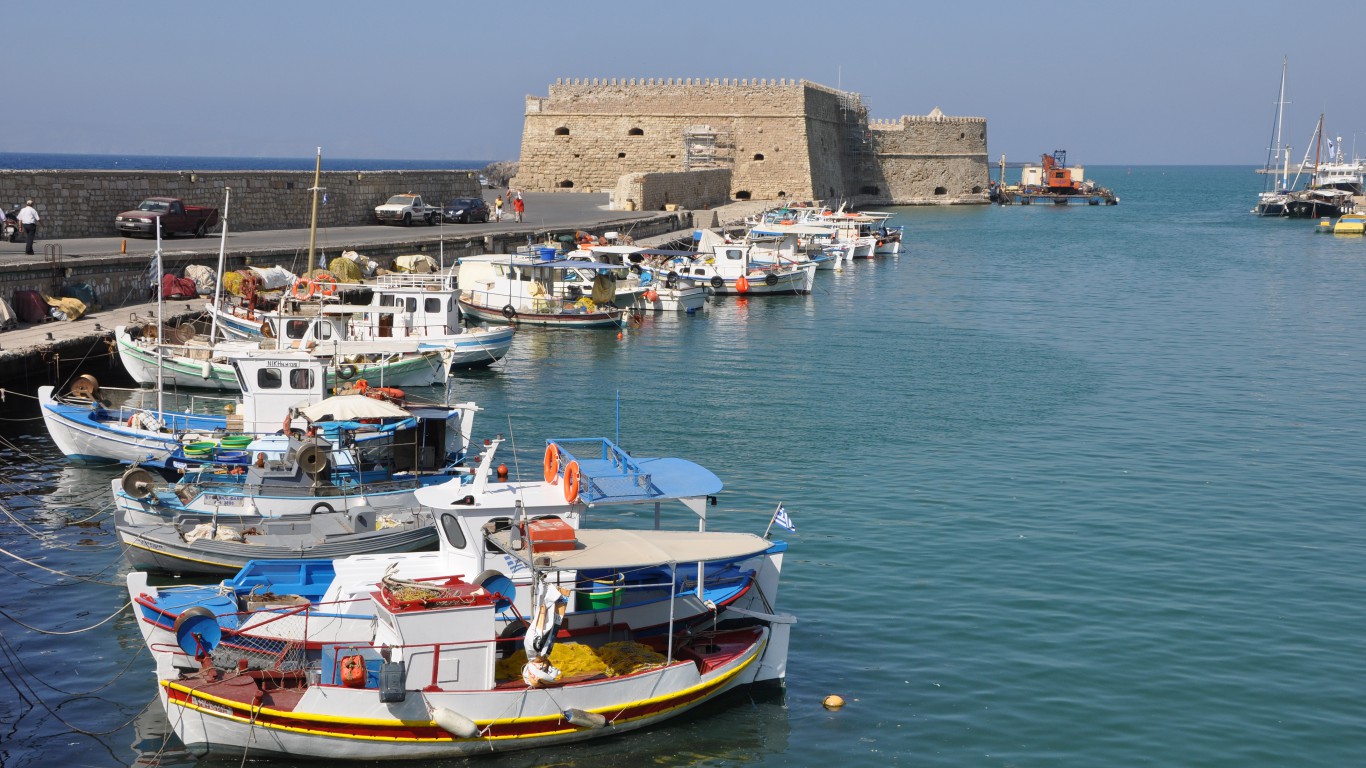
14. Iraklion, Greece
> UVI in highest risk month: 10 in July
> Exposure level: Very high: 15 min. to skin damage
> Estimated skin cancer death rate: 2.01 per 100,000 people
> City population: 174,000
> Latitude: 35°N
[in-text-ad-2]
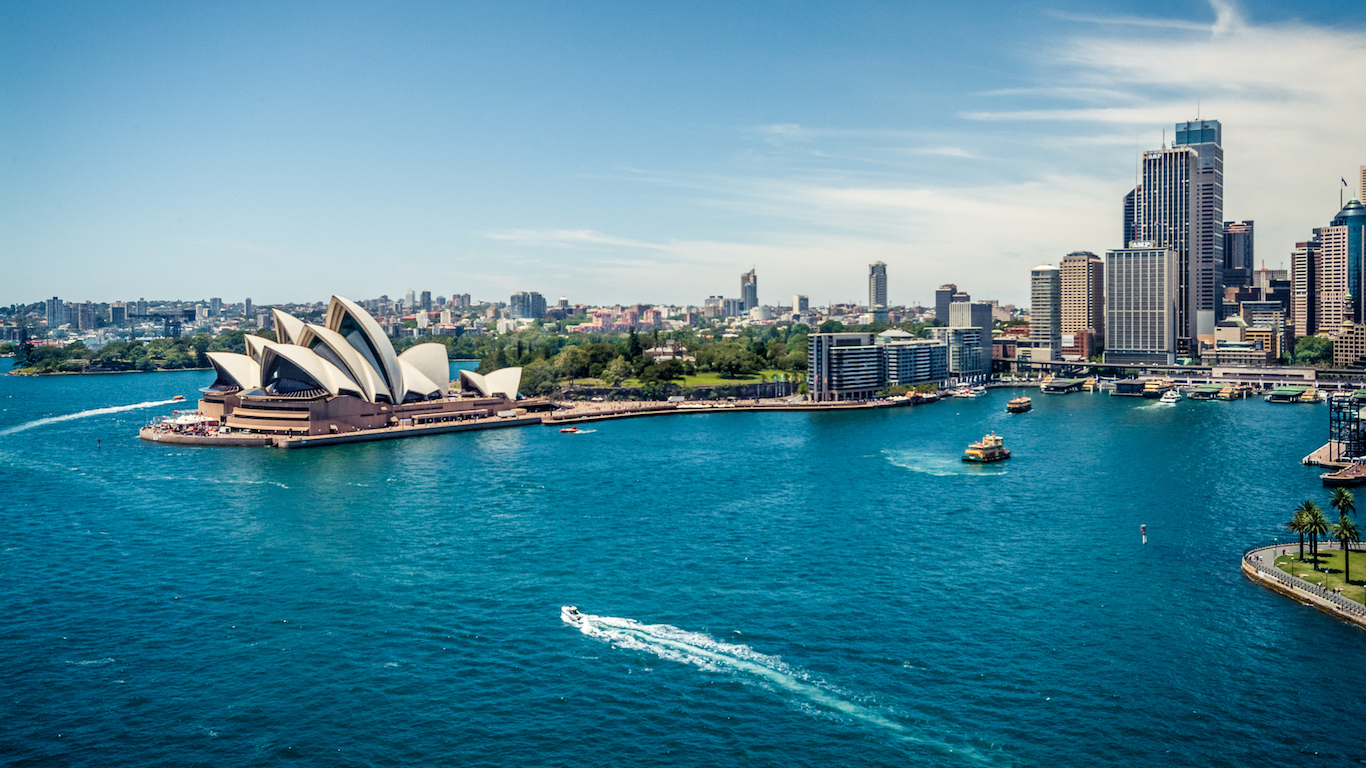
13. Sydney, Australia
> UVI in highest risk month: 10 in December
> Exposure level: Very high: 15 min. to skin damage
> Estimated skin cancer death rate: 6.04 per 100,000 people
> City population: 5,370,000
> Latitude: 34°S
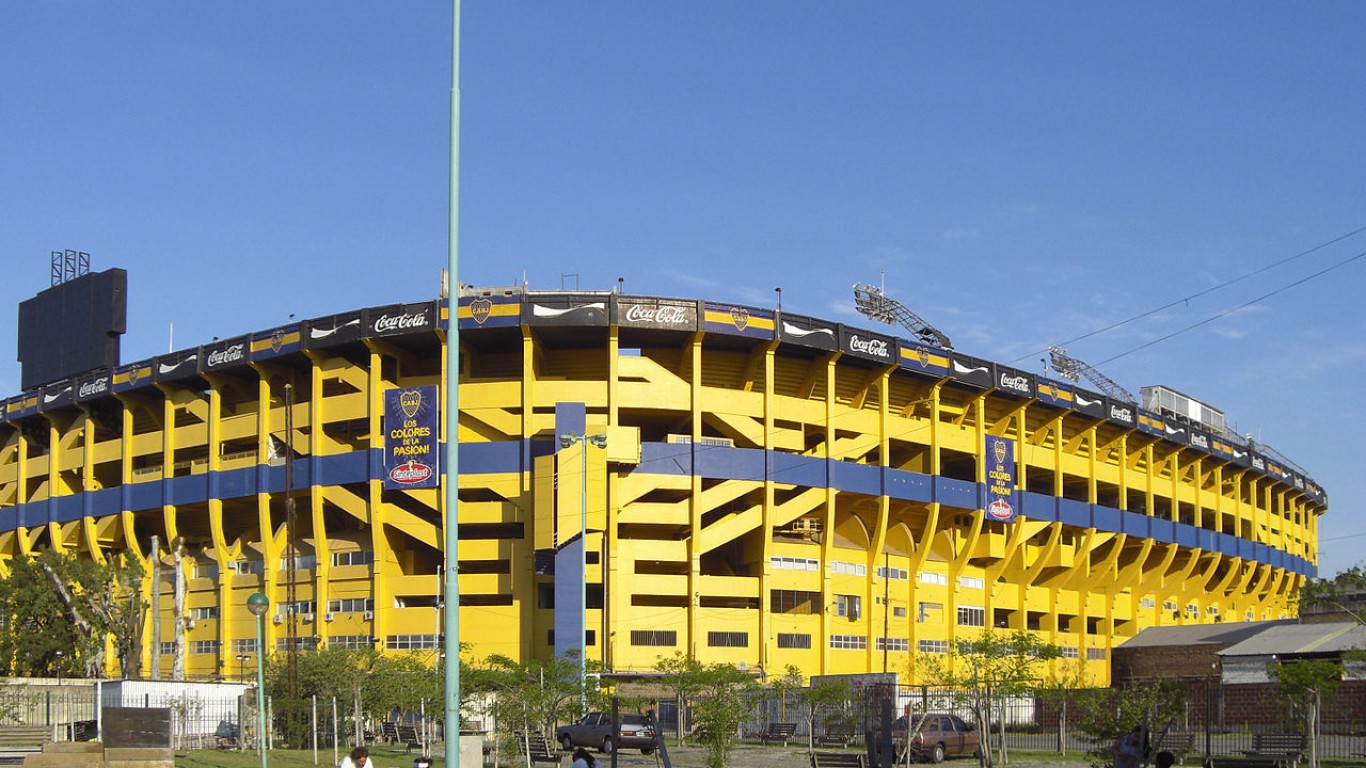
12. Buenos Aires, Argentina
> UVI in highest risk month: 10 in December
> Exposure level: Very high: 15 min. to skin damage
> Estimated skin cancer death rate: 2.21 per 100,000 people
> City population: 2,891,000
> Latitude: 35°S
[in-text-ad]
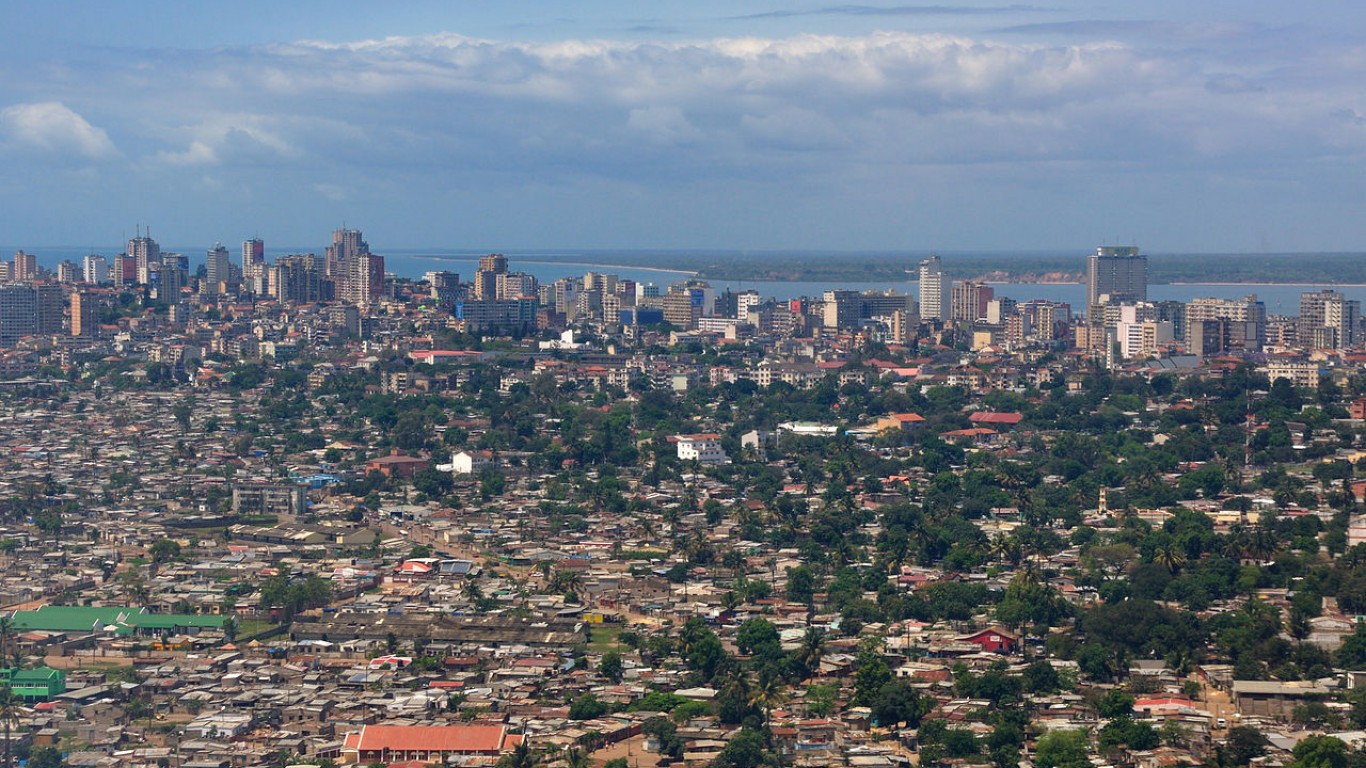
11. Maputo, Mozambique
> UVI in highest risk month: 11 in January, February, November, December
> Exposure level: Extreme: <10 min. to skin damage
> Estimated skin cancer death rate: 1.47 per 100,000 people
> City population: 1,191,613
> Latitude: 26°S
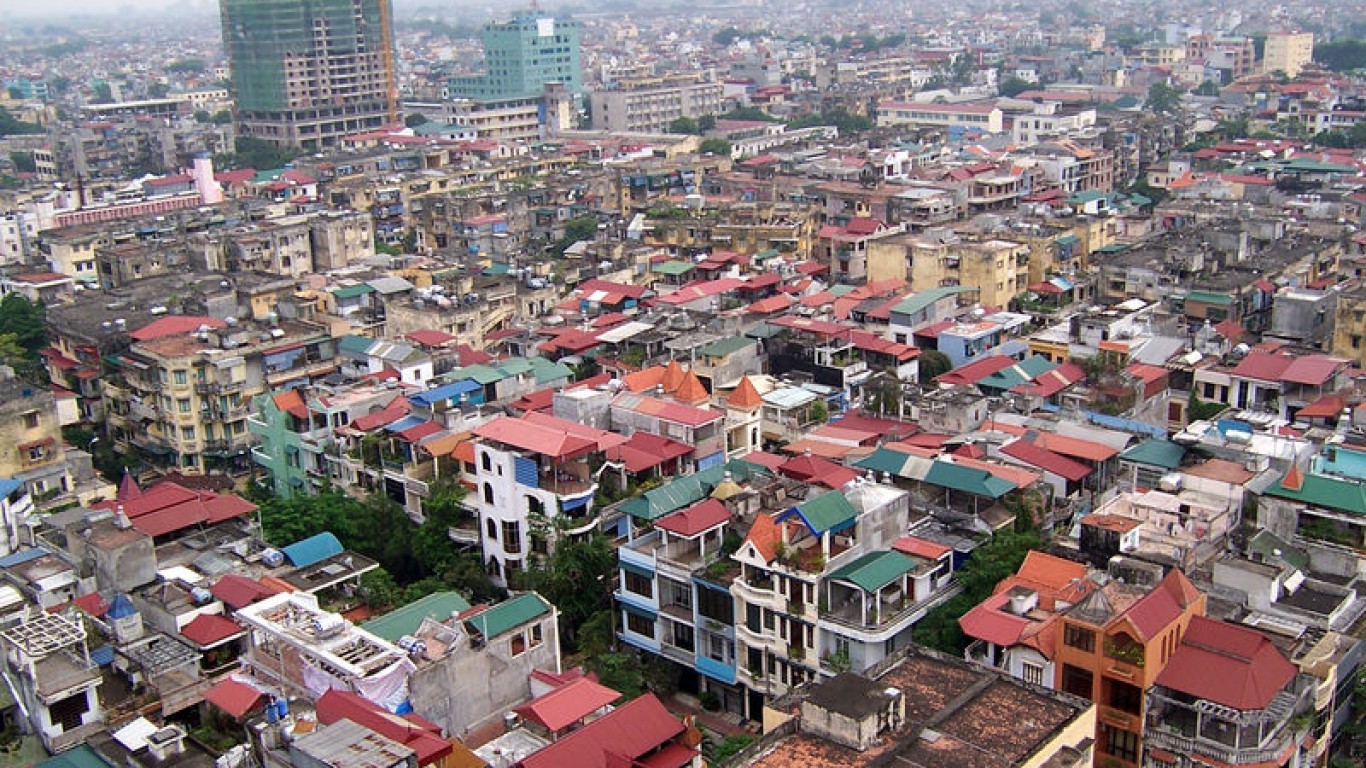
10. Hanoi, Vietnam
> UVI in highest risk month: 12 in July, August
> Exposure level: Extreme: <10 min. to skin damage
> Estimated skin cancer death rate: 0.45 per 100,000 people
> City population: 7,680,000
> Latitude: 21°N

9. Bangkok, Thailand
> UVI in highest risk month: 12 in March, April, June, July, August
> Exposure level: Extreme: <10 min. to skin damage
> Estimated skin cancer death rate: 2.5 per 100,000 people
> City population: 8,280,925
> Latitude: 14°N
[in-text-ad-2]

8. Colombo, Sri Lanka
> UVI in highest risk month: 12 in March, April, July, August, September
> Exposure level: Extreme: <10 min. to skin damage
> Estimated skin cancer death rate: 0.93 per 100,000 people
> City population: 648,034
> Latitude: 13°N
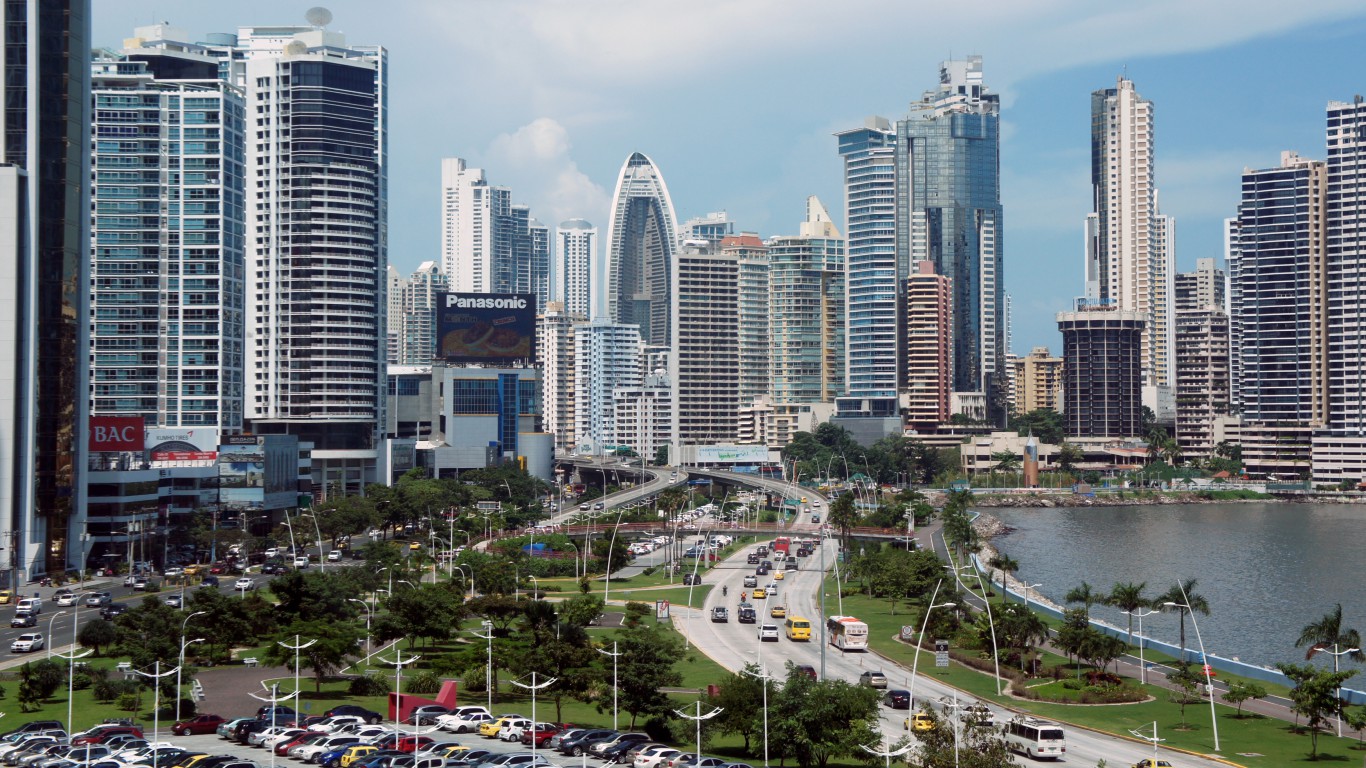
7. Panama, Panama
> UVI in highest risk month: 12 in March, April, July, August, September
> Exposure level: Extreme: <10 min. to skin damage
> Estimated skin cancer death rate: 1.03 per 100,000 people
> City population: 880,691
> Latitude: 9°N
[in-text-ad]
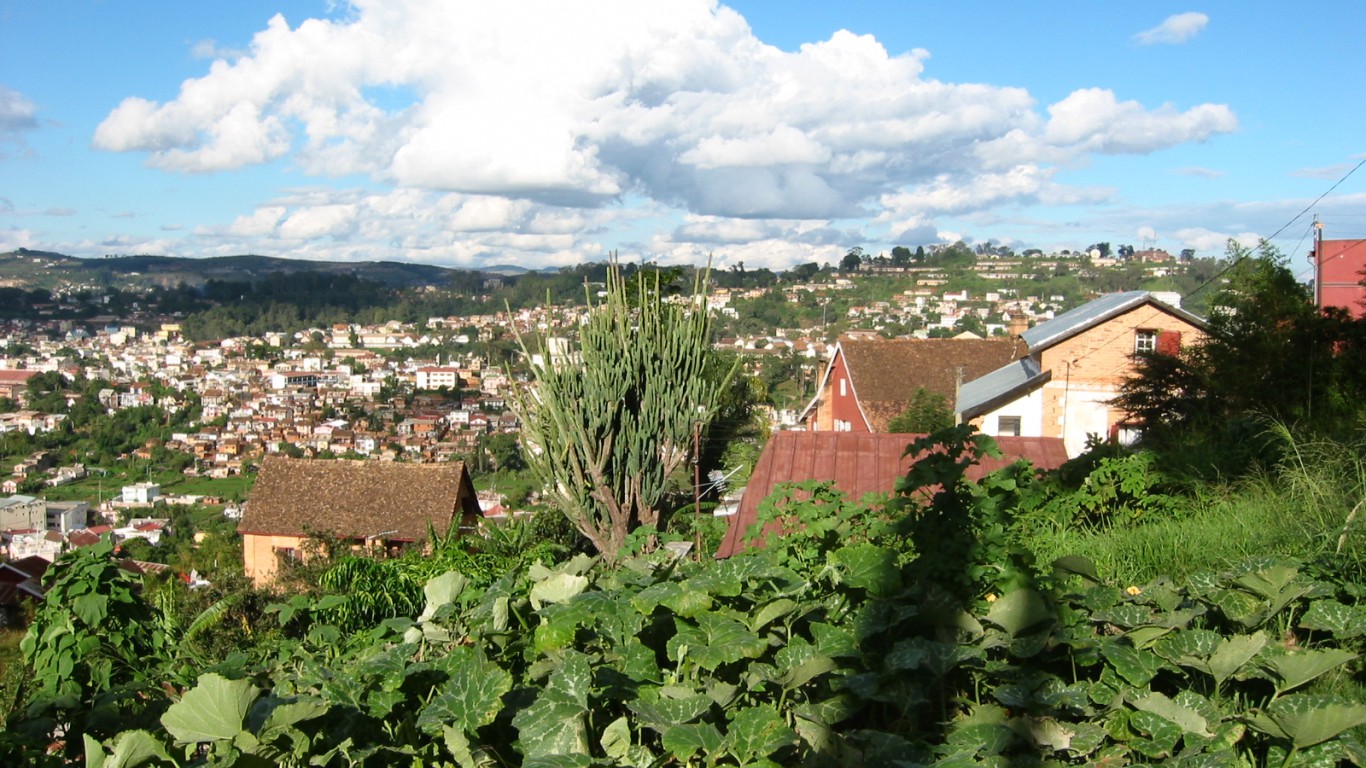
6. Antananarivo, Madagascar
> UVI in highest risk month: 12 in January, February, November, December
> Exposure level: Extreme: <10 min. to skin damage
> Estimated skin cancer death rate: 1.46 per 100,000 people
> City population: 1,391,433
> Latitude: 19°S
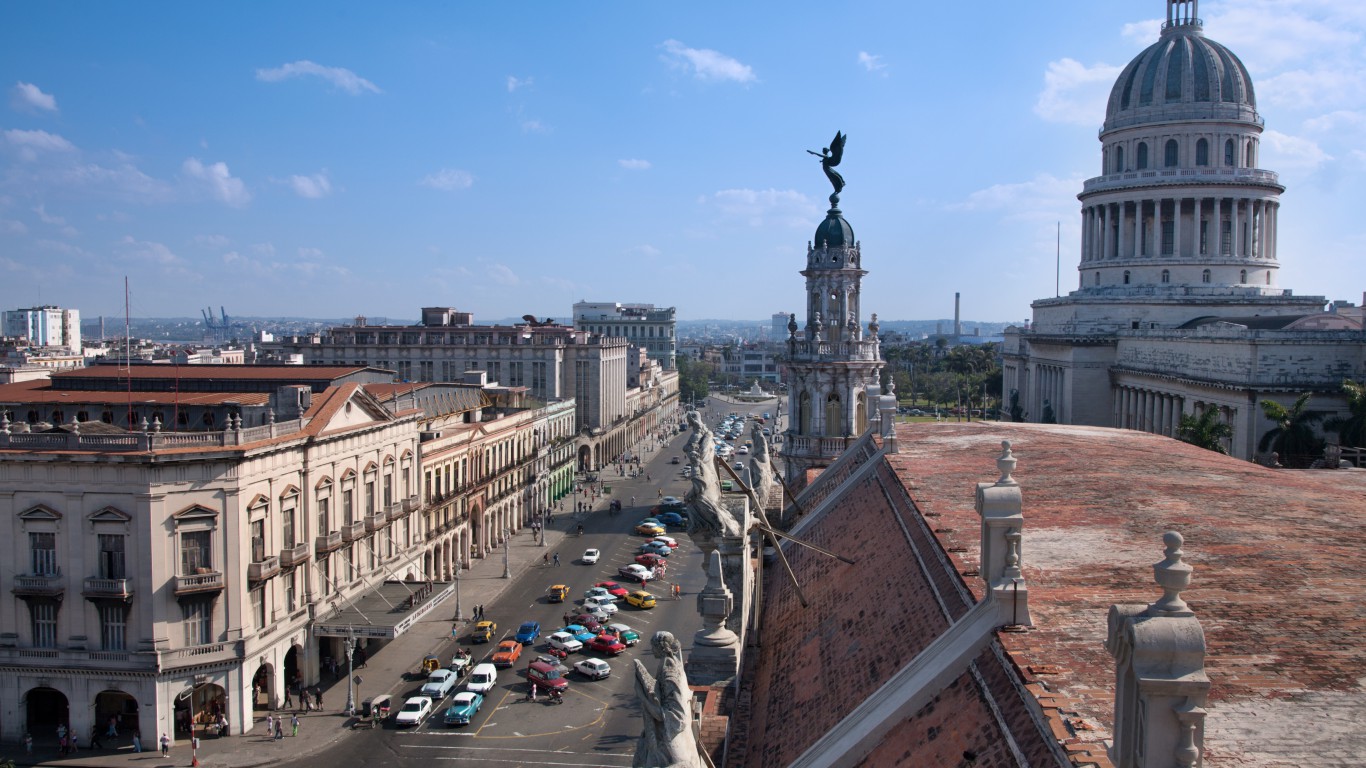
5. Havana, Cuba
> UVI in highest risk month: 12 in July
> Exposure level: Extreme: <10 min. to skin damage
> Estimated skin cancer death rate: 2.31 per 100,000 people
> City population: 2,100,000
> Latitude: 23°N
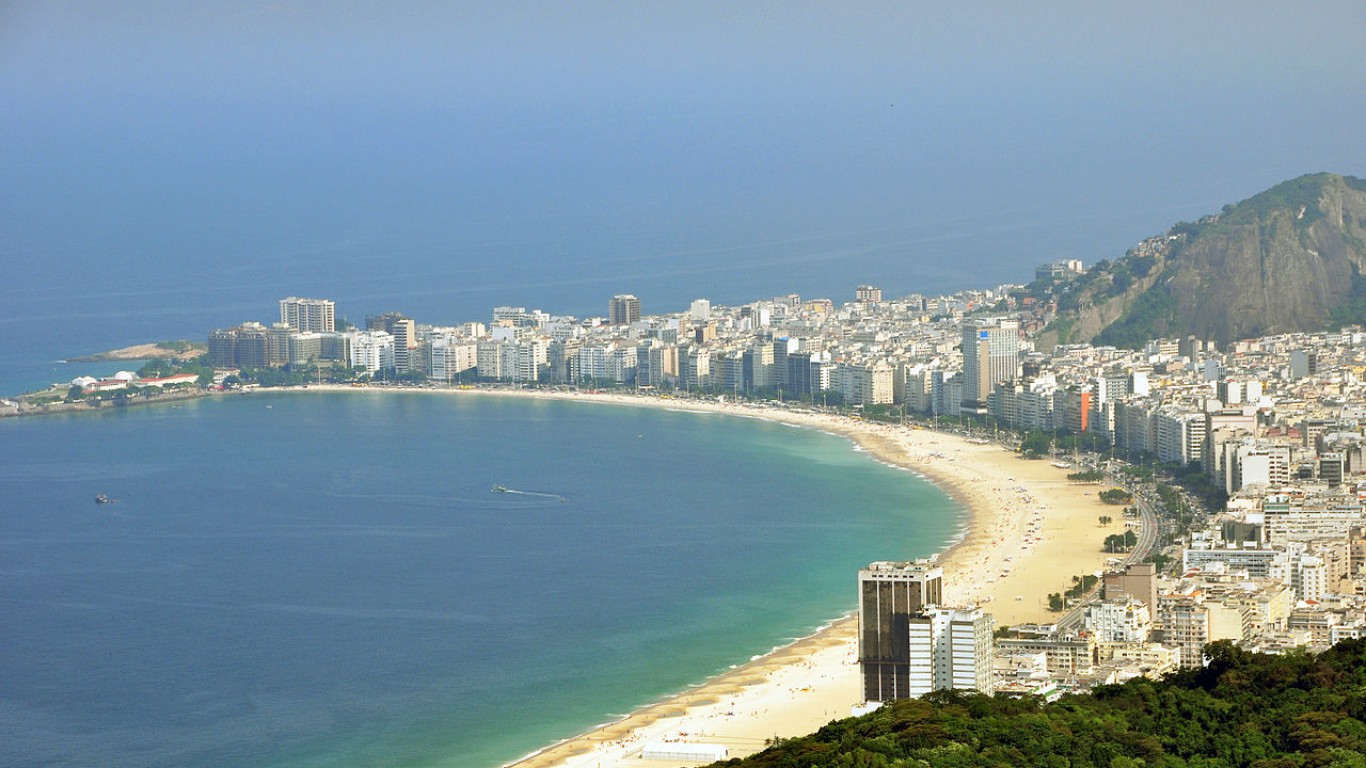
4. Rio de Janeiro, Brazil
> UVI in highest risk month: 12 in January, November, December
> Exposure level: Extreme: <10 min. to skin damage
> Estimated skin cancer death rate: 2 per 100,000 people
> City population: 6,450,000
> Latitude: 23°S
[in-text-ad-2]
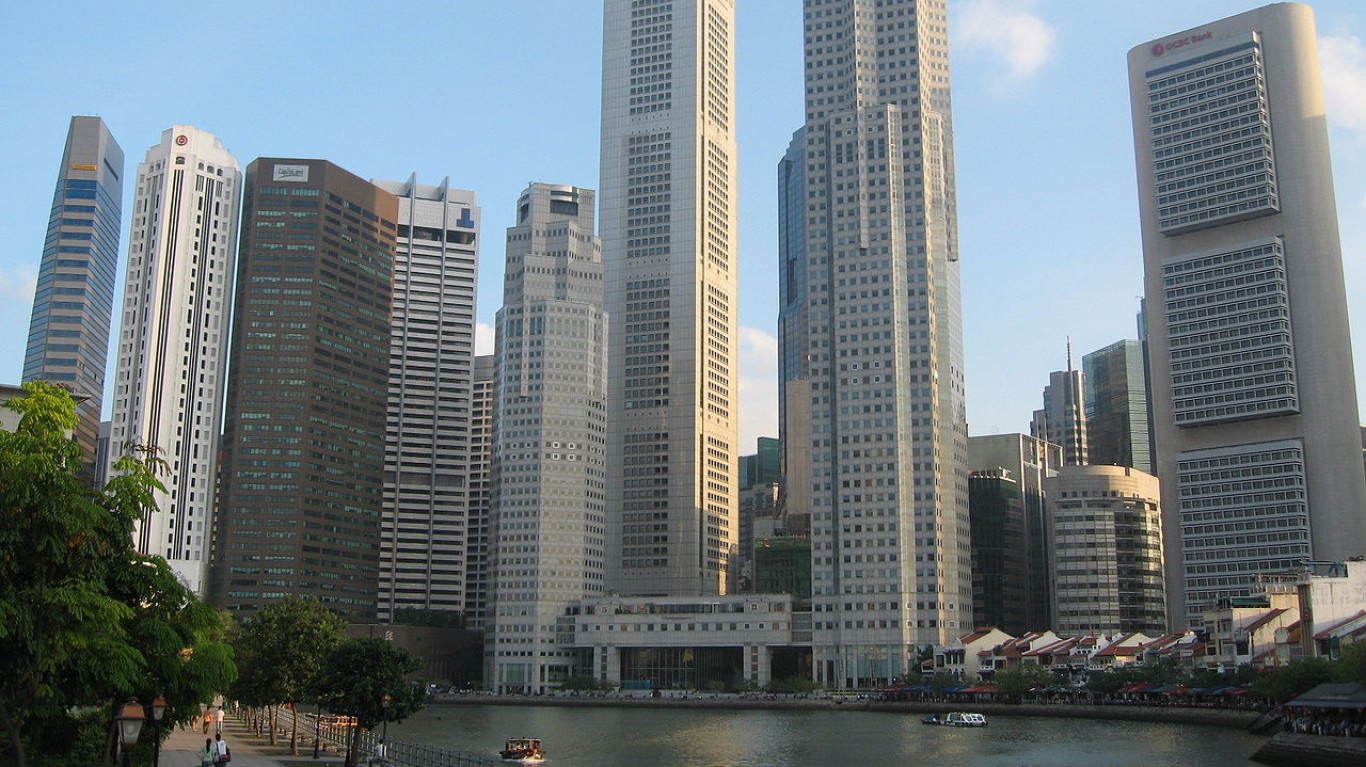
3. Singapore, Singapore
> UVI in highest risk month: 13 in March, April
> Exposure level: Extreme: <10 min. to skin damage
> Estimated skin cancer death rate: 0.48 per 100,000 people
> City population: 5,607,280
> Latitude: 1°N
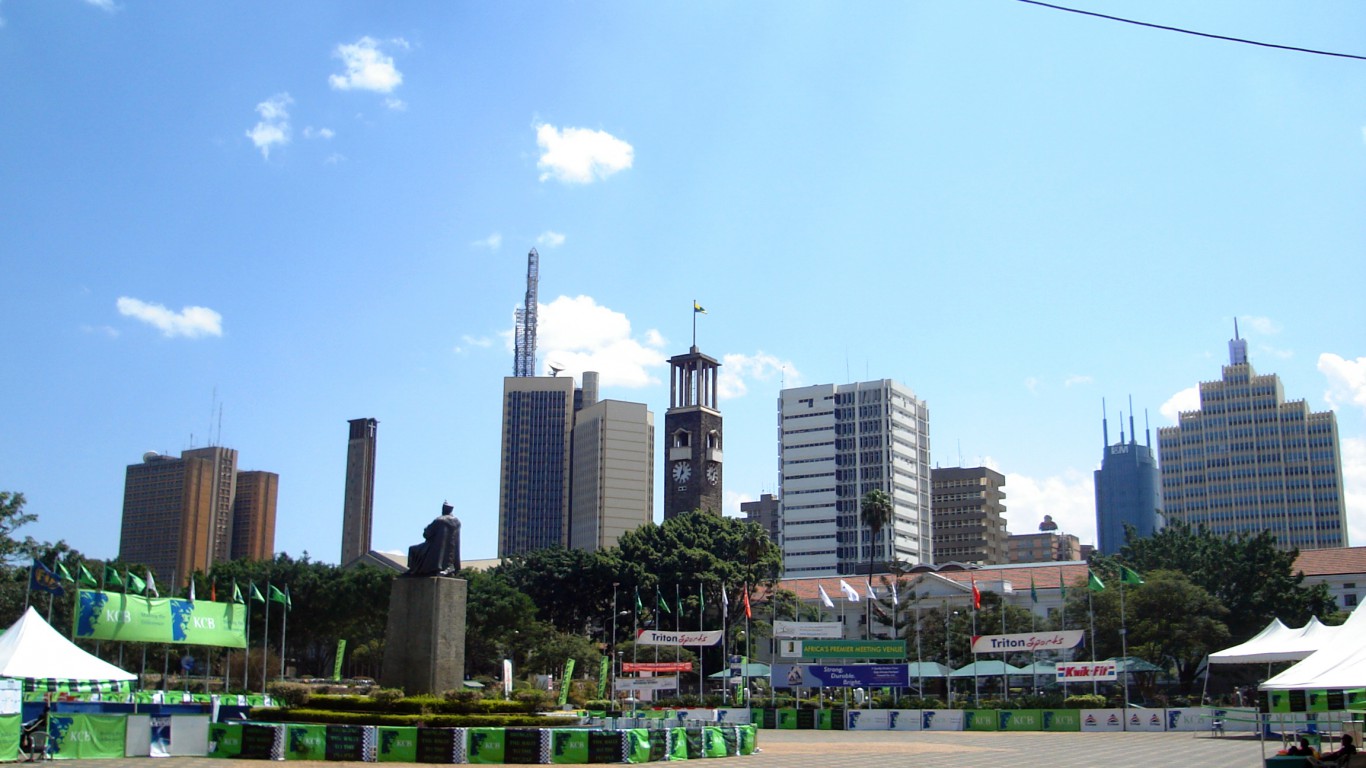
2. Nairobi, Kenya
> UVI in highest risk month: 13 in February, March
> Exposure level: Extreme: <10 min. to skin damage
> Estimated skin cancer death rate: 1.27 per 100,000 people
> City population: 4,410,000
> Latitude: 1°S
[in-text-ad]
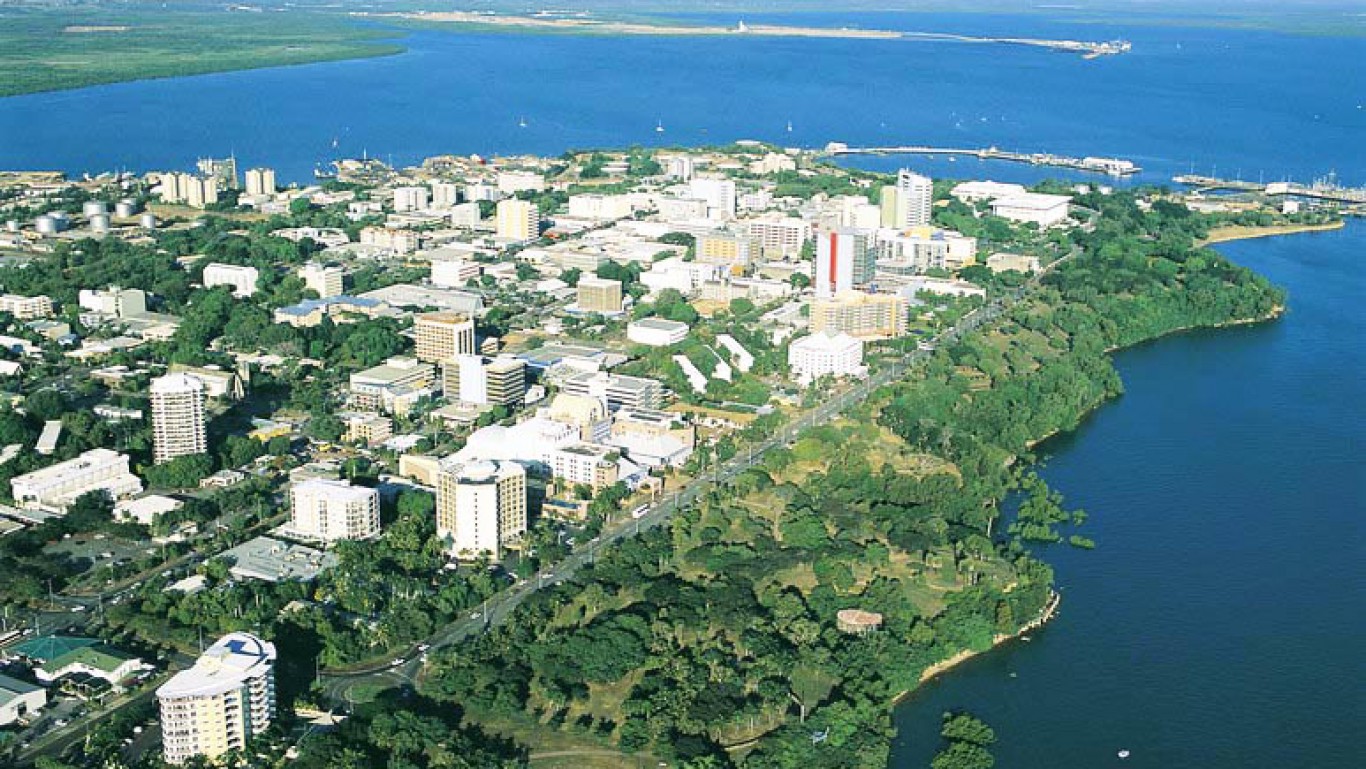
1. Darwin, Australia
> UVI in highest risk month: 13 in February, October
> Exposure level: Extreme: <10 min. to skin damage
> Estimated skin cancer death rate: 6.04 per 100,000 people
> City population: 148,393
> Latitude: 13°S
Detailed Findings
Melanomas are the most common form of cancer among white populations. As of 2015, 1.2 million people were living with skin cancer in the United States.
Globally, skin cancer diagnoses have risen considerably in recent decades. According to the National Cancer Institute, there will be in the United States an estimated 91,270 new cases of melanoma and 9,320 deaths in 2018, compared to 65,647 new cases of melanoma and 9,128 deaths in 2011. While death rates from melanoma have been stable or falling in the U.S. because of advancements in treatment and diagnosis, new cases of skin cancer in the U.S. have been rising steadily since data collection began in 1975.
A recent analysis by the Centers for Disease Control and Prevention projects that worldwide costs of treating skin cancers will triple by 2030.
Recent research published in the journal Advancements in Experimental Medicine and Biology found that the rising number of skin cancers is largely due to a combination of increased exposure to sunlight, increased outdoor activities, changes in clothing style, increased longevity, ozone depletion, genetics, and other factors.
It is also important to note the contribution of cultural and socioeconomic factors to higher skin cancer incidence. Travel patterns, like the global rise in tourism, as well as the popularity of a good tan, are notable such factors that have led people to being more exposed to the sun.
Darker skin has inherently more protection from the sun, and generally people with darker skin report lower incidence of skin cancer. However, skin cancer still occurs within this group. Further, the negative health effects from prolonged sun exposure on the eye and immune system occur independent of skin type.
Methodology
To identify the risk of skin cancer around the world, 24/7 Wall St. reviewed the World Health Organization’s UV Index. The UV Index standardizes the amount of ultraviolet radiation reaching the earth at a particular time and location. Index values listed are the maximum for the day, and are calculated for the 21st of each month. The 2017 skin cancer death rate per 100,000 people is calculated by World Life Expectancy, a world health initiative by LeDuc Media, using data from the World Health Organization.
The U.S. National Weather Service calculates the UV Index for areas in the United States using a computer model that relates the ground-level strength of solar ultraviolet (UV) radiation to forecasted stratospheric ozone concentration, forecasted cloud amounts, and elevation of the ground. The calculation done by some other nations also includes ground observations. Ozone amounts over the entire globe are based on data obtained via two satellites operated by the National Oceanic and Atmospheric Administration. The computer model uses the ozone forecast and the incident angle of sunlight to calculate the strength of UV radiation at ground level. Sunlight angle is determined by latitude, day of year, and time of day (solar noon). The strength of UV radiation is calculated for several wavelengths between 280 and 400 nm, the full spectrum of UVB (280-314 nm) and UVA (315-400 nm) radiation. The calculation is also adjusted to the sensitive of human skin to UV radiation. Shorter UV wavelengths cause more skin damage than longer UV wavelengths of the same intensity. To account for this response, calculated UV strength is weighted (adjusted) at each wavelength using a function called the McKinlay-Diffey erythema action spectrum.
The Average American Is Losing Their Savings Every Day (Sponsor)
If you’re like many Americans and keep your money ‘safe’ in a checking or savings account, think again. The average yield on a savings account is a paltry .4% today, and inflation is much higher. Checking accounts are even worse.
Every day you don’t move to a high-yield savings account that beats inflation, you lose more and more value.
But there is good news. To win qualified customers, some accounts are paying 9-10x this national average. That’s an incredible way to keep your money safe, and get paid at the same time. Our top pick for high yield savings accounts includes other one time cash bonuses, and is FDIC insured.
Click here to see how much more you could be earning on your savings today. It takes just a few minutes and your money could be working for you.
Thank you for reading! Have some feedback for us?
Contact the 24/7 Wall St. editorial team.
 24/7 Wall St.
24/7 Wall St.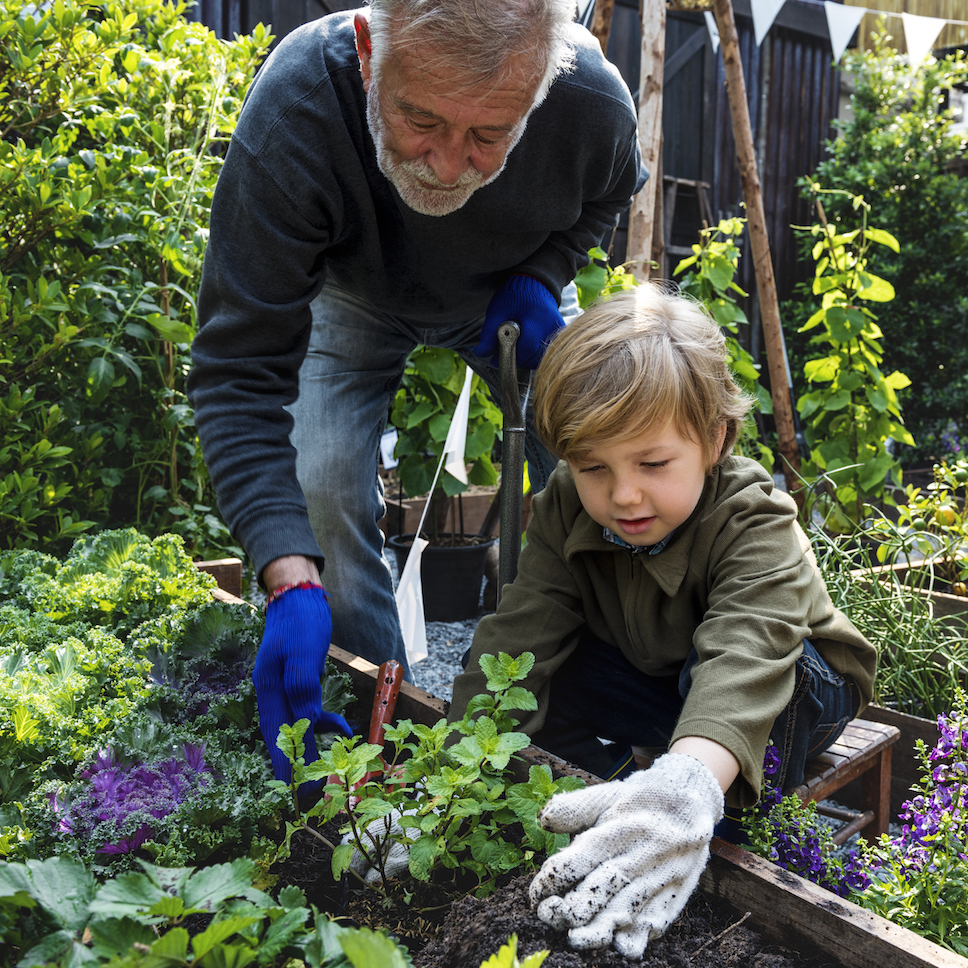 24/7 Wall St.
24/7 Wall St. 24/7 Wall St.
24/7 Wall St. 24/7 Wall St.
24/7 Wall St.


